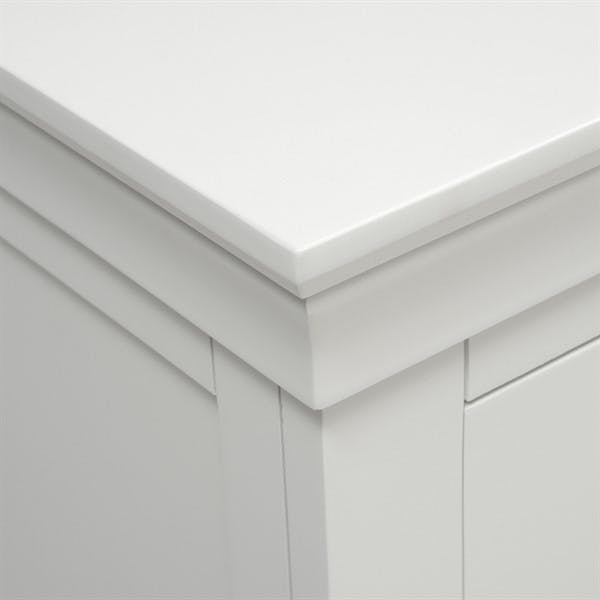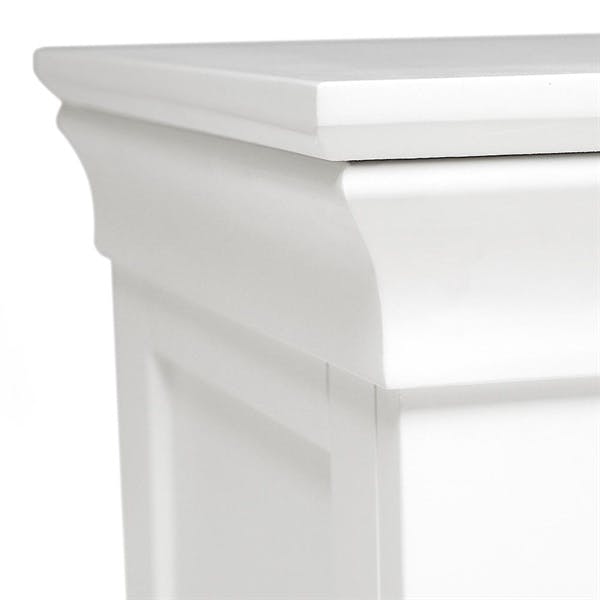acacia.woodwork
Member
Hi all,
My wife and I bought some Cotswoldco "Chantilly" furniture (example below) a while back. I'm looking to make some matching furniture with similar moulding detailing so it's consistent with the Cotswoldco stuff.
The top is just a piece of MDF with a chamfer on the bottom half. I'm more interested in the moulding strip just below it, which seems to be about 50mm ish tall, containing a rounded top, followed by a gentle curve.
I have a Router Table with a 1/2 inch router, I just need to find the right cutter. Has anyone seen a 1/2 inch router bit that might do the job?


I think I'd expect a cutter to look something along the lines of
My wife and I bought some Cotswoldco "Chantilly" furniture (example below) a while back. I'm looking to make some matching furniture with similar moulding detailing so it's consistent with the Cotswoldco stuff.
The top is just a piece of MDF with a chamfer on the bottom half. I'm more interested in the moulding strip just below it, which seems to be about 50mm ish tall, containing a rounded top, followed by a gentle curve.
I have a Router Table with a 1/2 inch router, I just need to find the right cutter. Has anyone seen a 1/2 inch router bit that might do the job?
I think I'd expect a cutter to look something along the lines of
Attachments
Last edited:





